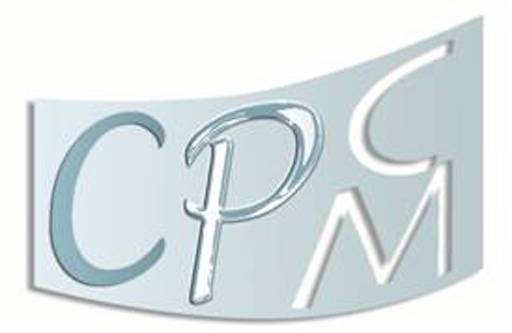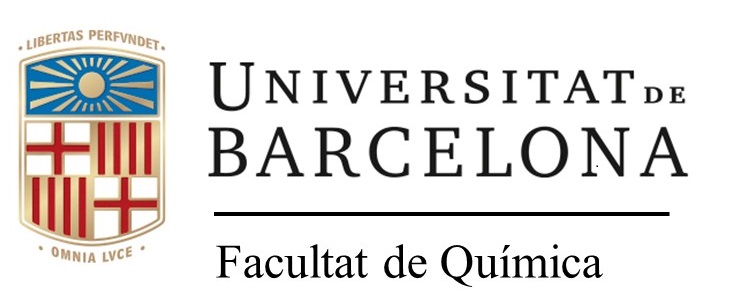Recentment el grup ha publicat els resultats de la recerca a la revista Progress in Organic Coatings com a resultat d’un Treball Final de Grau. Aquest article mostra com els materials superhidrofòbics poden eliminar amb una elevada eficiència dissolvents orgànics immiscibles (olis) i microplastics (HDPE).
A continuació podeu llegir el resum de l’article o bé consultar-lo a la web.
The use of microplastics is a global issue that affects the environment, the economy and human health. Here we describe a superhydrophobic 304 stainless steel obtained by combining chemical etching and PDMS modification. Among other techniques, field emission scanning electron microscopy (FE-SEM) and high-resolution X-ray photoelectron spectroscopy (HR-XPS) were used to identify the hierarchical structure as well as the chemical composition of the surface. The stainless-steel mesh was superhydrophobic (159°) and superoleophilic (0°). The coating presented high stability against abrasion of SiC abrasive paper as well as in the presence of different pH values in acidic or alkaline conditions. In addition, taking advantage of the coating’s wetting properties, we show that the superhydrophobic surface can also be used to remove high-density polyethylene microplastics from water. A surface mechanism promoting the removal or microplastics is also proposed, considering the surface properties of the solid pollutants as well as the wetting properties of the superhydrophobic coating.


